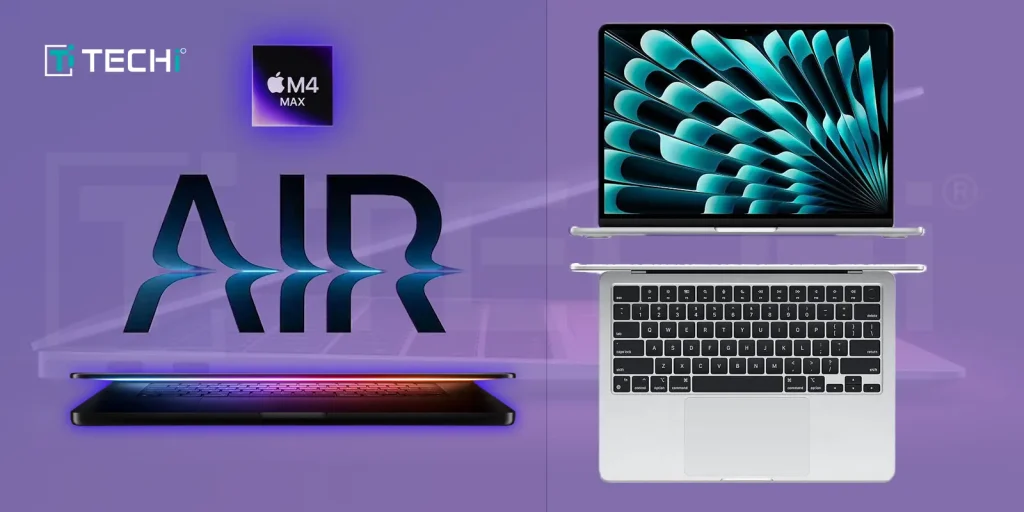Apple has always been a company that walks very lightly on risks, and this is evident even in the M4 MacBook Air. MacBook Air does not employ a radical redesign or groundbreaking innovation; it is more focused on enhancing rather than reinventing. The M4 MacBook Air has been introduced by Apple, representing a careful yet strategic modification of the popular consumer laptop line. The M4 MacBook Air features many noteworthy upgrades, but it is essentially just an evolved version of its predecessor, as this cautious upgrade is an excellent way to maintain sales for Apple. The MacBook Air remains a dependable companion for users who demand performance, portability, and price, thanks to its continued design alongside these minor upgrades.
Features of MacBook Air M4:
The new MacBook Air comes with a few very nice upgrades, which include:
- The brand-new M4 chipset has improved performance and efficiency.
- 16 GB of RAM has been made available as standard across all models, doubling the base models’ capacity from before.
- Support for two external displays, a very long-standing limitation for the more power users.
- The price reduction is $999 for the 13-inch model and $1,199 for the 15-inch.
- The improved resolution of the built-in camera, which has up to 12 megapixels, now with CenterStage, will allow automatic framing adjustment.
Though these upgrades are to be appreciated, they are not completely new to Apple’s ecosystem. The RAM bump fits in with what we see in iPhone 16 series stocks, whereas external display support brings the MacBook Air closer to the MacBook Pro lineup. The 12 MP Webcam with CenterStage will make calls better because it keeps them person-centred. The MacBook Air’s decision to go with the M4 chip was introduced in May 2024, but it may suffer a holdup when the anticipated M5 comes in at the Worldwide Developers Conference (WWDC) 2025.
New Within the MacBook Air M4:
It’s faster and sleeker, and it’s still a MacBook Air. Beyond these improvements, the MacBook Air makes no major changes. Like existing models, it is still limited to just two Thunderbolt 4 ports on the left side, which could be a nuisance for users who prefer to use multiple attachments simultaneously. The general design is recognizable, seemingly without leaving its previous predecessors, but with the new Sky Blue colour, Apple adds a unique aesthetic change to the collection.
While the MacBook Pro is constantly reinventing itself with additional innovations, the MacBook Air remains loyal to staying within itself, improving but not adjusting. Lower prices added RAM and dual external monitor support might make this a competitive consumer laptop. In the world of casual use, it still remains an A-class ultraportable laptop, but the update may seem slightly unimpressive to hardcore early adopters. Those who hoped for shocking advanced features in this laptop market would find this a safer bet than a bold move. With the M5 chip expected next year, Apple may regret its discreet approach even sooner.




